Native American Missions and the
Mennonites Who Came to Indian Territory
Native American missions in Indian Territory were started by the Mennonites, who had been immigrating to North America since 1683, fleeing religious persecution. Thousands more fled Russia for the U.S. and Canada. These people had a faith so strong, they were willing to give up their homelands rather than their beliefs.
It was only natural that they would be willing to endure any hardship to share their faith.
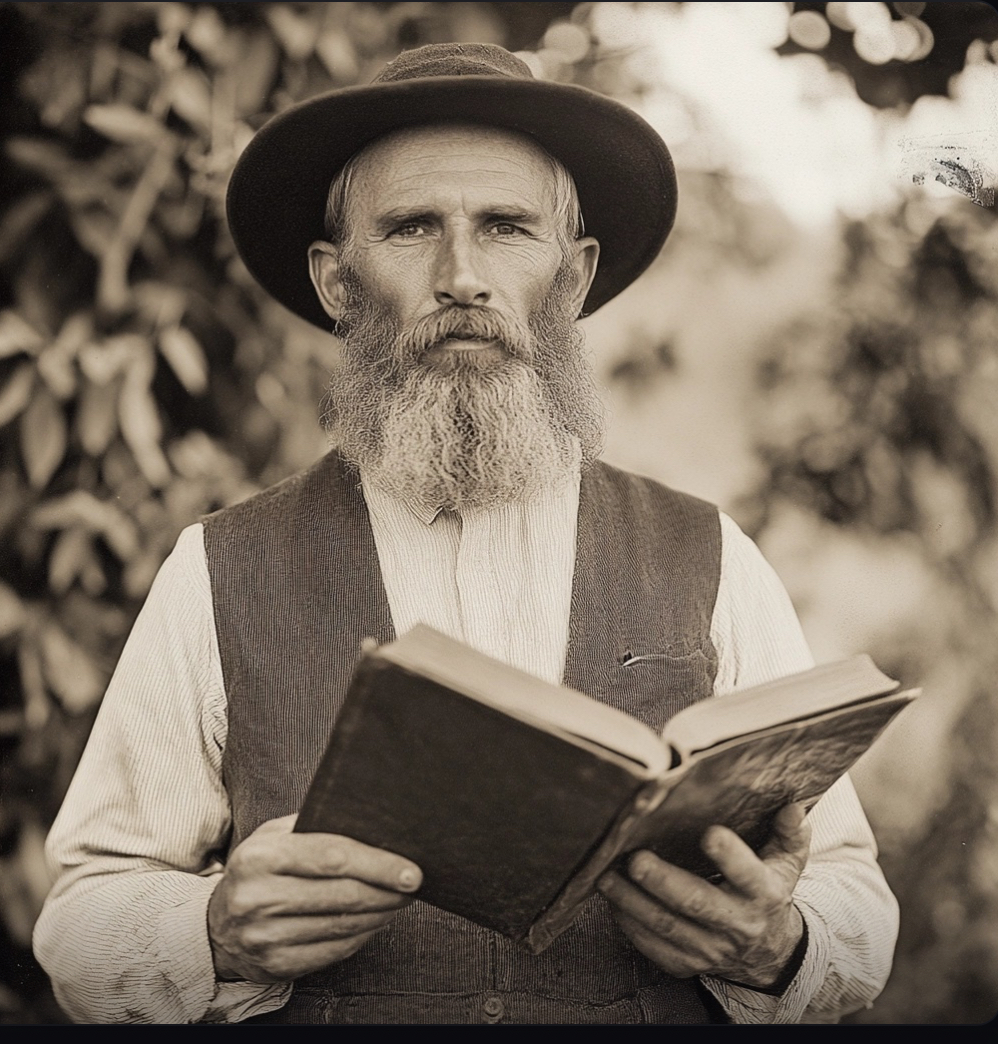
That meant coming to Indian Territory, later known as Oklahoma. The land there was supposed to be designated for the Indians, and eventually, most of the tribes were relocated there. Even today, more than sixty tribes can be found in the Sooner State, with the Five Civilized Tribes living in the eastern half of Oklahoma.
Native Americans Force to Relocate to Western Oklahoma
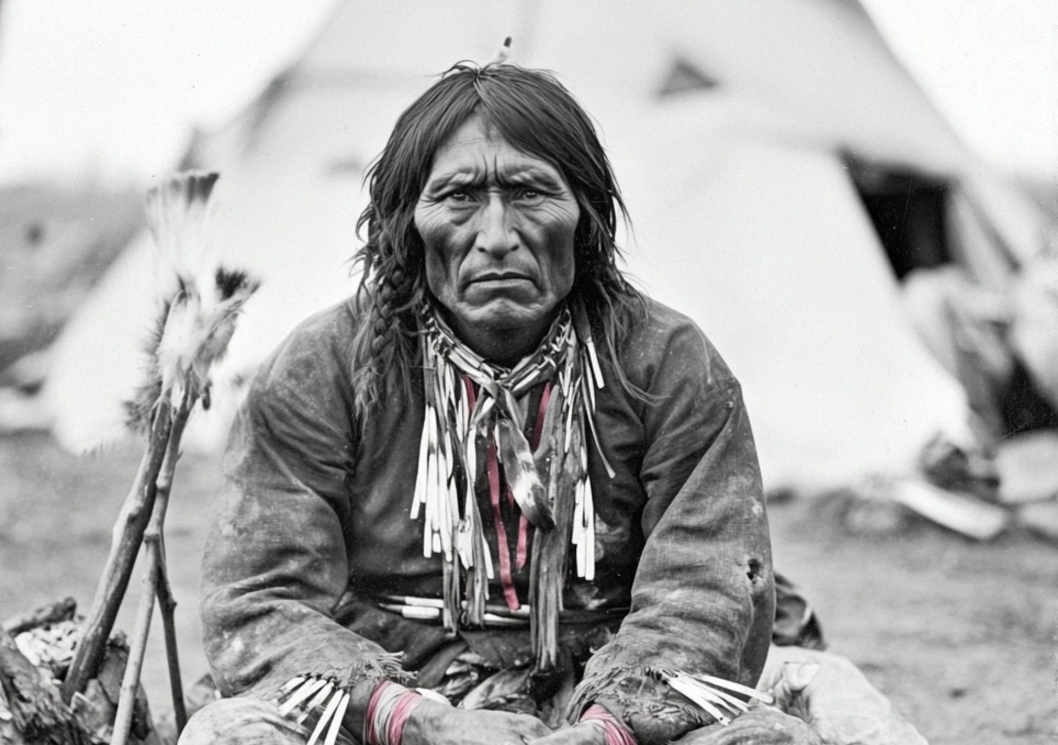
But the western half of Indian Territory was designated for the Plains Indians, and after the Civil War, the nomadic tribes were forced to relocate there. In 1867, the government signed the Treaties of the Medicine Lodge with representatives from the Comanche, Cheyenne, Kiowa, and Arapaho tribes. In exchange for peace, the Indians agreed to move to the western half of Indian Territory, now Oklahoma.
Even while promising a good quantity of land, the government told the nomadic hunters they needed to change with the times. They insisted the Indians would have to farm. The prevailing thought of the day was to mold the Indians into acting like self-sufficient settlers, thereby completely eradicating the Indians’ culture.
Some tribes, such as the Cheyenne, rebelled against the notion. Eventually, in 1868, Lieutenant Colonel George Armstrong Custer led troops and invaded the Cheyenne along the Washita River. The Cheyenne were escorted by U.S. troops to be interned at the Darlington Indian agency near what is now Fort Reno, Oklahoma. Led by Cheyenne Chief Dull Knife, the Cheyenne fled back north and were later crushed during the infamous Dull Knife raid, where Dull Knife was killed and the Cheyenne lost everything but the clothes on their backs. They were forcibly returned to Oklahoma’s western plains and tried to farm, hunt, and gather food.
Human Greed and the Native Americans
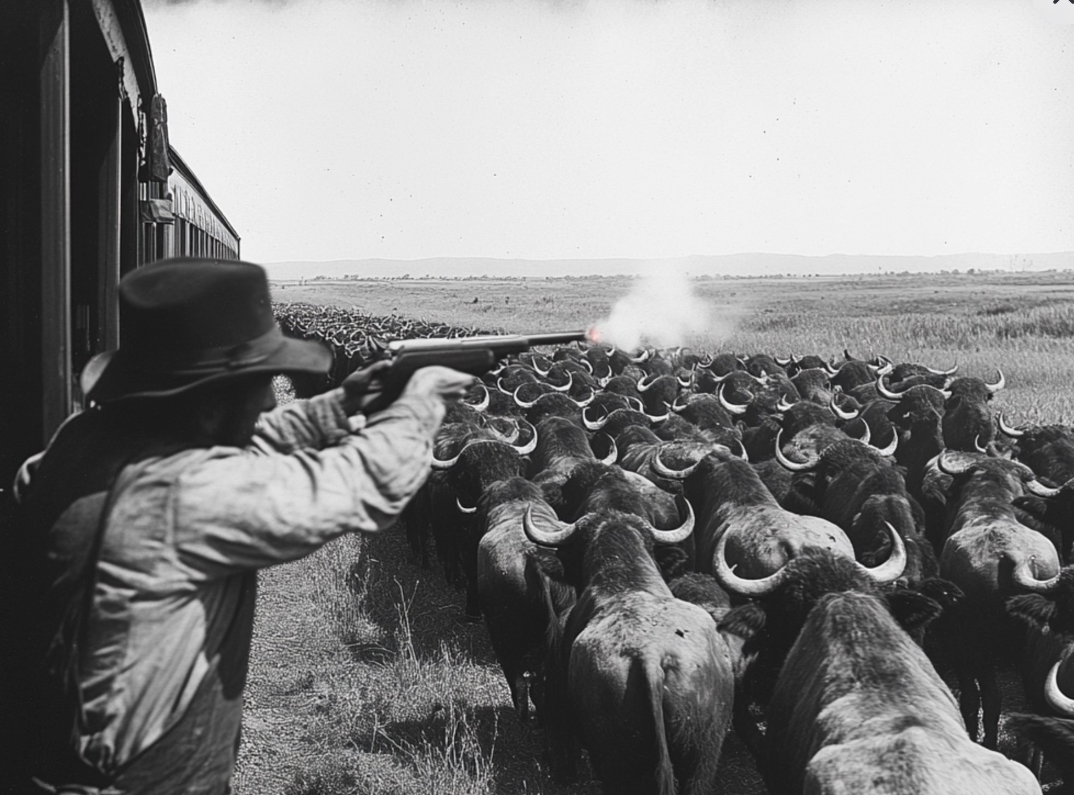
But greed has always been an ugly side of human nature, and the railroads, settlers, and miners coveted the hundreds of thousands of acres that made up the western portion of Indian Territory. Although the U.S. Government promised adequate food and medicine for the Cheyenne and Arapahos, such supplies never arrived.
Members of the two tribes tried farming the land, but the western portion of Oklahoma has traditionally had much less rain, and the Indians hadn’t been trained in dry farming techniques. Also, railroads hired hunters to shoot the buffalo and eradicate them. Railroad tycoons hoped that by eliminating the buffalo, the Indians would give up their nomadic ways.
The effect was devastating for the Indians. Unable to grow food or hunt, they soon starved. Weakened from hunger and lacking in medical supplies, many Indians died from disease.
It was into this scene that the Mennonites arrived.
Native American Missions and the People Who Founded Them
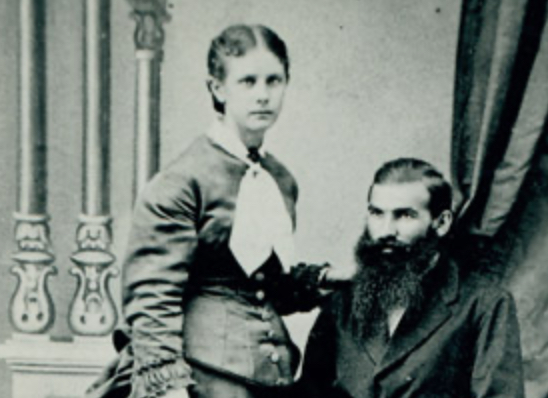
In 1880, twelve years after the Washita massacre. Samuel Haury and his wife Susanna answered God’s call to establish Native American missions, arriving at the Darlington Indian Agency in Indian Territory to work with some of the most warlike tribes on the Plains. While missionaries from other denominations, including the Methodist, Quaker, Episcopalian, Baptist, and even Mormon churches, would later arrive, the Mennonites did the lion’s share of the work.
The Indian agent at Darlington was thrilled at the arrival of the Mennonite missionaries, hoping they would help carry out the so-called peace policies the government hoped for.
A Methodist Minister Who Hindered the Gospel
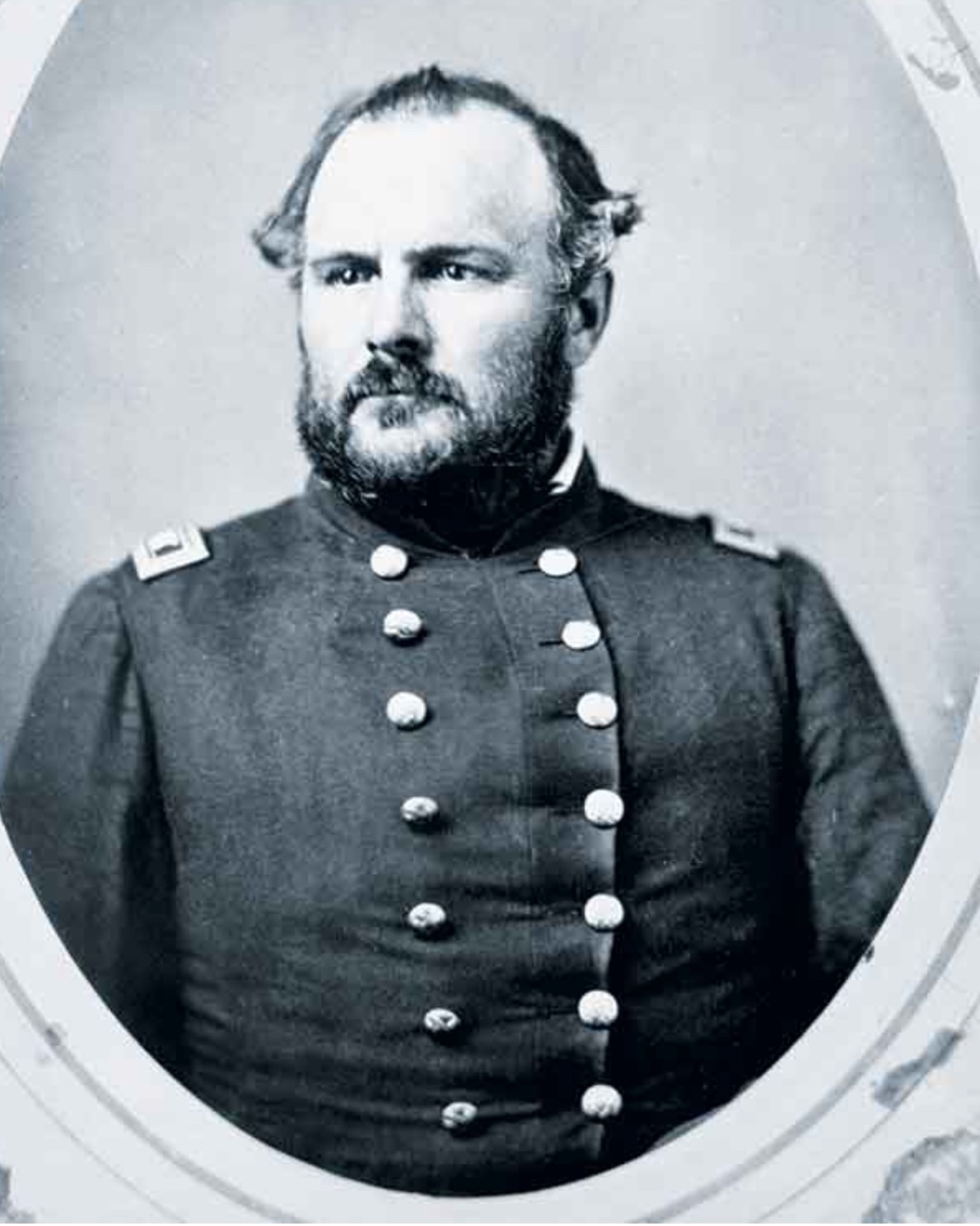
Sharing the gospel with the Indians in the 1880s was a daunting task. A so-called Christian, Methodist minister, J.M. Chivington, was the leader of the Sand Creek Massacre, where the elderly, women, and small children were slaughtered, even though they had raised a white flag and had asked the U.S. government for protection. The Indians were understandably distrustful of the Christians.
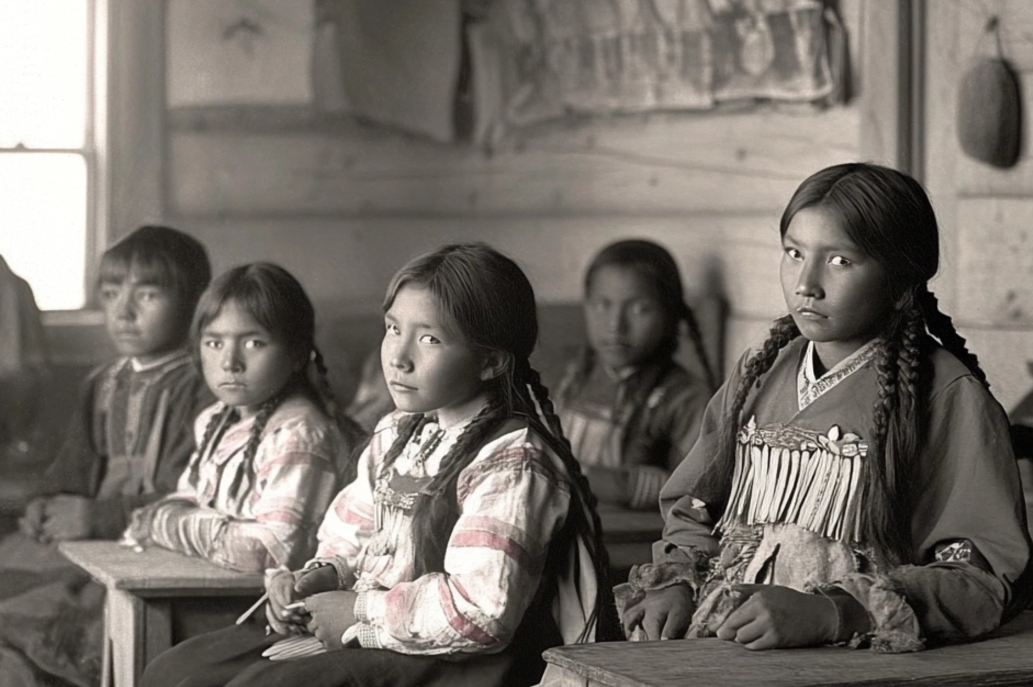
Samuel and Susanna Haury decided to work with the youth to teach them the tenets of their faith and to impact the next generation to walk the white man’s ways. They built a mission and a schoolhouse, and the Indian agent forced the Indians to enroll their children.
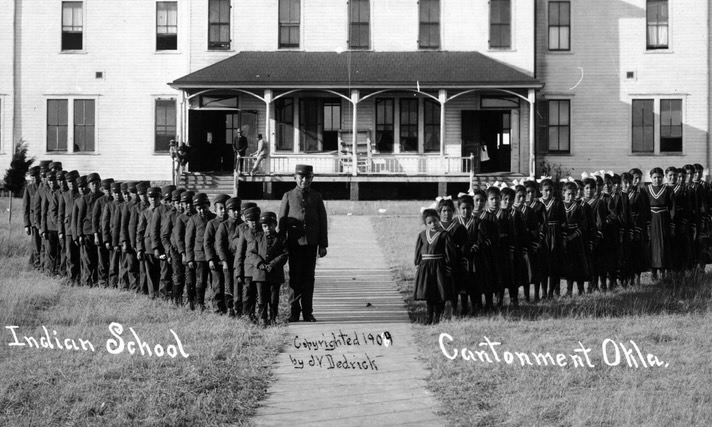
When Cantonment on the Canadian River, which would later become Canton, Oklahoma, was abandoned by the U.S. Military, the Haurys moved there and took over the building. Meanwhile, recent Russian immigrant and missionary H.R. Voth took over the Darlington School. Like the government, Voth wanted to destroy the Indian language and culture.
Naturally, the missionaries had a conscience and sometimes sided with the tribespeople. In the 1890s, one non-Quaker Indian agent issued orders he hoped would crush the Indians’ traditional ceremonies and customs. When missionary Rudolphe Petter wrote a letter to speak out against this, the agent wrote back, “I shall know where to place you in the future.”
The Mennonites eventually established eleven Native American missions and sent more than 100 missionaries to Indian Territory. Sadly, their efforts produced few results. The Indians had been betrayed too many times by the white man to accept his religion.
There was too much chaos in their lives as it was. It was a struggle to adjust to life on the reservation. Then the reservation was broken up because of the invading settlers. Then they were given small parcels of land scattered all over Oklahoma. Getting them to accept the white man’s religion on top of that was close to impossible. Also, many Indians considered the missionaries as tools of the government’s policy to eradicate the Indians' culture and language.
After eight long years, the Mennonites finally had one convert. After twenty years of work, only forty people were converted to the Christian faith.
A Few Positive Aspects
One positive result was that two missionaries managed to document and
help preserve the language and culture of the Indians. Rodolphe Petter
served at Cantonment on the Canadian from 1890 to 1916 and produced the
Cheyenne language in written form, creating the first Cheyenne-English
dictionary.
Even while destroying the Arapaho language and
culture, H.R. Voth studied the Arapaho language. He wrote scholarly
articles about the Arapaho and Hopi, but he also sold valuable artifacts
to a museum in Chicago.
So, while the Indians respected the
Mennonite Missionaries for their hard work in helping the Indians and
protecting them from invaders, that didn’t mean they intended to become
them.
Missionaries today recognize that sharing Christ’s gospel
message doesn’t mean eradicating a group’s culture. Instead,
missionaries are encouraged to embrace the local culture so long as it
doesn’t compromise the gospel. That way, they can share the good news
and help rather than hurt the people they have come to minister to.
Watch the Video Below:
